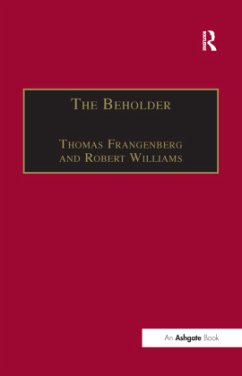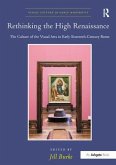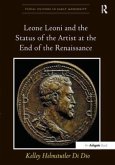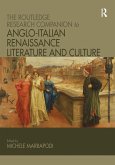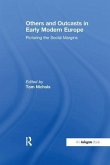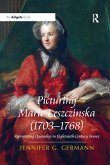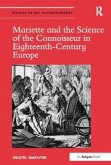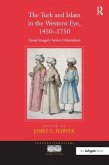One of the most significant developments in the study of works of art over the past generation has been a shift in focus from the works themselves to the viewer's experience of them and the relation of that experience both to the works in question and to other aspects of cultural life. The ten essays written for this volume address the experience of art in early modern Europe and approach it from a variety of methodological perspectives: concerns range from the relation between its perceptual and significative dimensions to the ways in which its discursive formation anticipates but does not exactly correspond to later notions of 'aesthetic' experience. The modes of engagement vary from careful empirical studies that explore the complex complementary relationship between works of art and textual evidence of different kinds to ambitious efforts to mobilize the powerful interpretative tools of psychoanalysis and phenomenology. This diversity testifies to the vitality of current interest in the experience of beholding and the urgency of the challenge it poses to contemporary art-historical practice.
'...The Beholder is a stimulating exploration of the role of the viewer that reminds us that what the beholder brings to the experience of art changes through time and is always affected by the receiver's culture.' Renaissance Quarterly
'This is an excellent collection. ...Overall, the volume should be well received and sought after by all serious students and researchers in the field of art history. No library should be without this volume.' Sixteenth Century Journal
'This is an excellent collection. ...Overall, the volume should be well received and sought after by all serious students and researchers in the field of art history. No library should be without this volume.' Sixteenth Century Journal

